Mari Katayama, Embroiderer of Identity
With her series ‘Gift’, the photographer stages her own body in images that interrogate contemporary beauty standards.
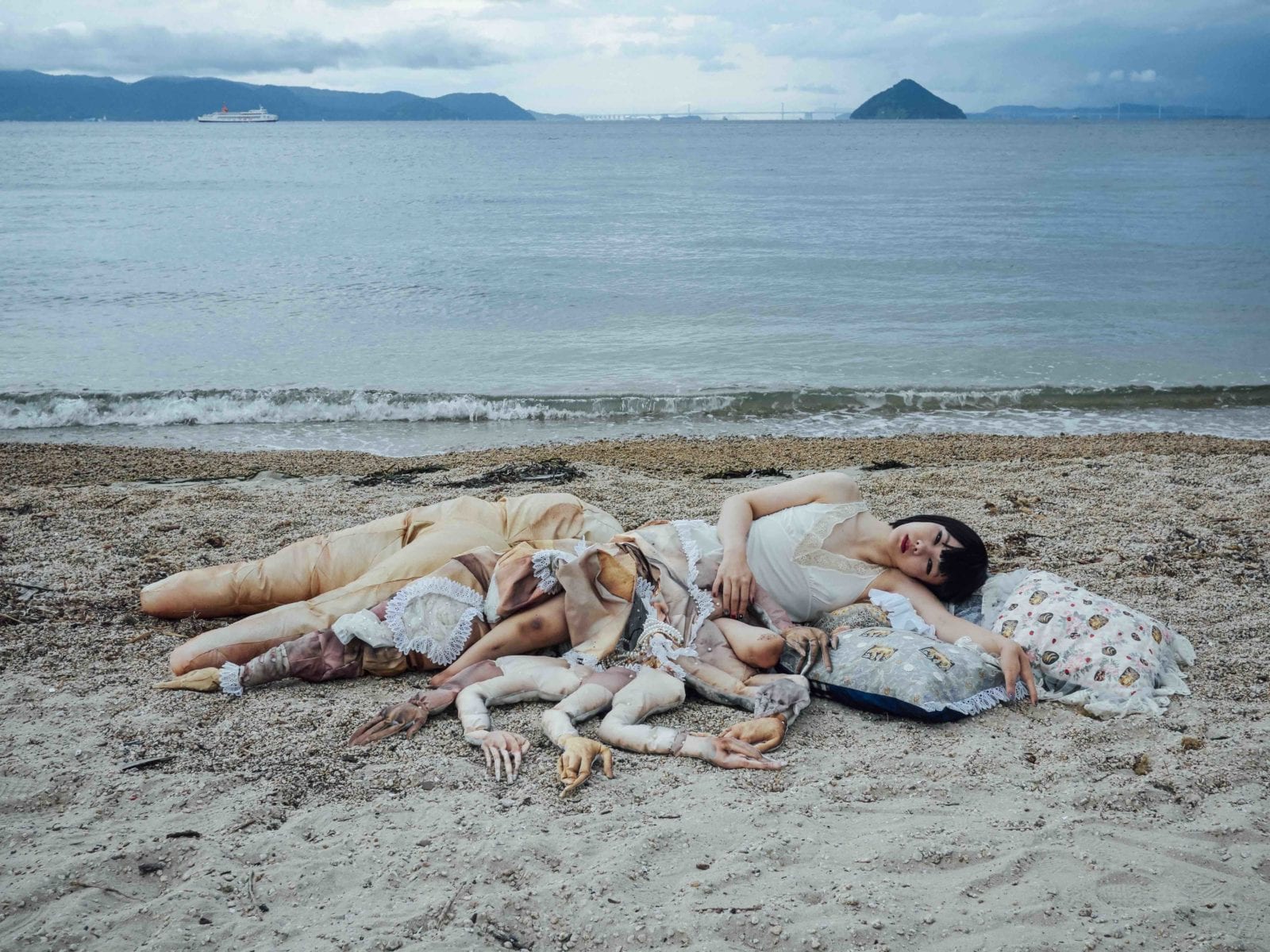
© United Vagabonds & Mari Katayama
Her work takes shape through sculptures, textiles, and photographs, as well as through performance. In the work Gift, multiple series are brought together as a sort of retrospective in which Mari Katayama invites her audience to think about body and identity.
Born in 1987, the artist suffers from tibial hemimelia, an illness that prevented the growth of her legs and of her left hand, where she has only two fingers. When she was nine years old, both of her legs were amputated and she had to wear protheses. Having graduated from the Department of Intermedia Art at Tokyo University of the Arts in 2012, she went on to participate in the 2019 Venice Biennale.
Explore, understand, and accept the body
Between 2007 and 2018 Mari Katayama created work based on her protheses, which she embroidered and decorated with crystals, lace, or drawings. In the photographs that accompany the work, in both black-and-white and in colour, the artist immortalises her body. She is stretched out on a bed to a busy backdrop, or on a beach, where the embroidered protheses become tentacles and shadows play across the scene.
The artist makes clear that her work is not based on any physical difficulties, but on her body, as it is. This work allows her to explore, understand, and define her own body. The 136 pages of this first book document the evolution of her work, from a quest for identity to ruminations on past frustrations. Katayama calls upon her audience, and asks them to interrogate norms of physical aesthetics as well as the mechanisms we might use to move past them.
Gift (2019) by Mari Katayama is published by United Vagabonds to coincide with the artist’s first European solo show at White Rainbow Gallery in London in 2019.
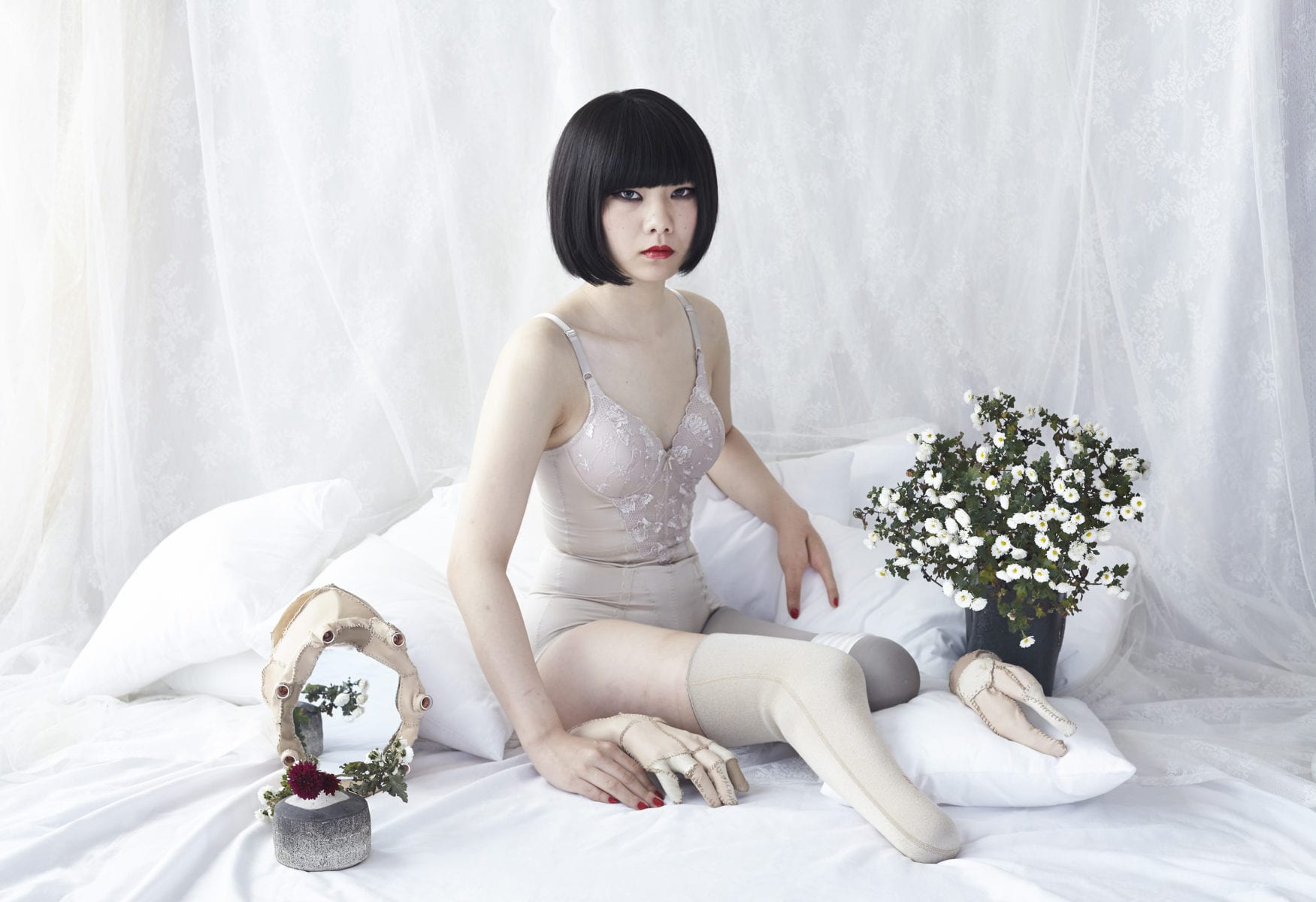
© United Vagabonds & Mari Katayama
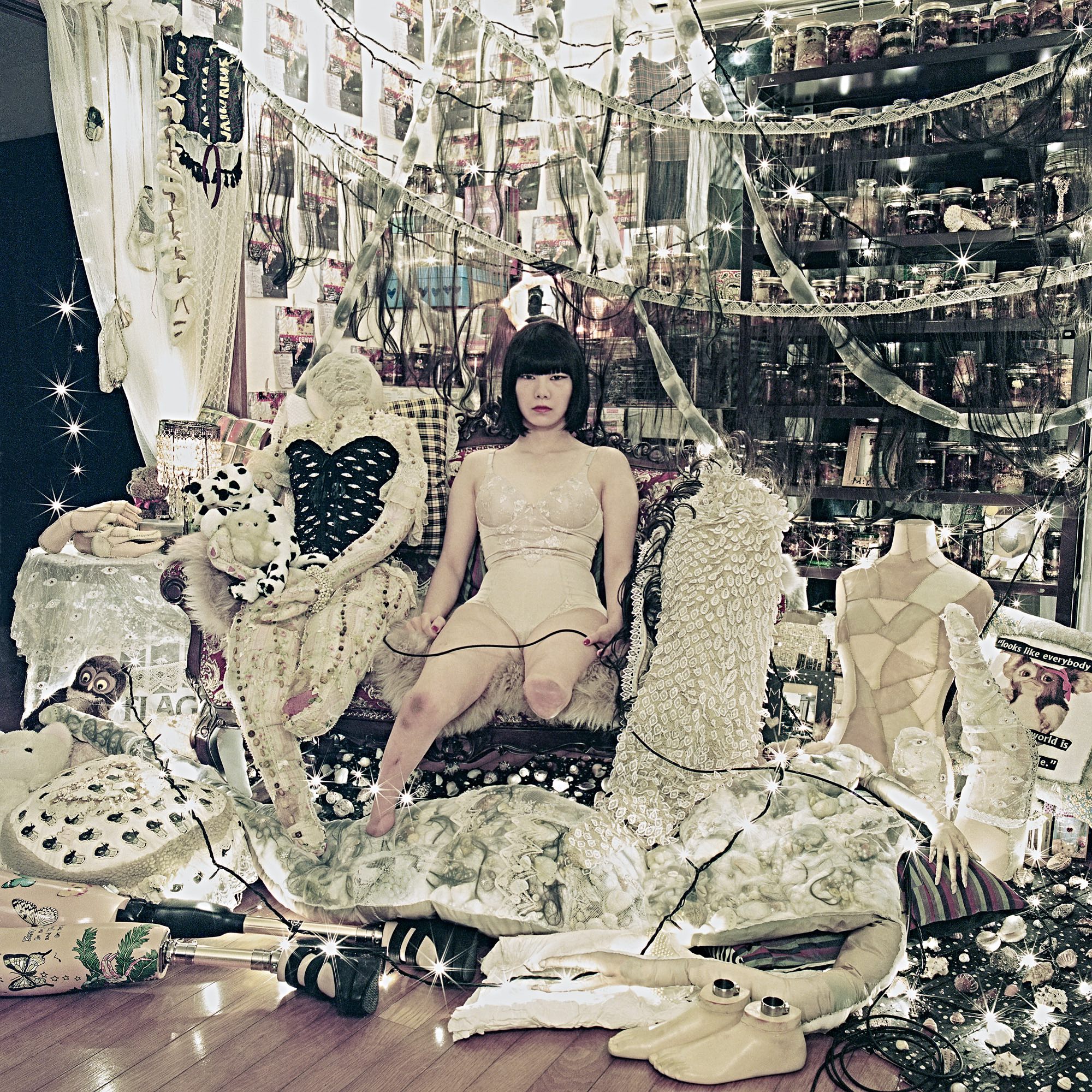
© United Vagabonds & Mari Katayama
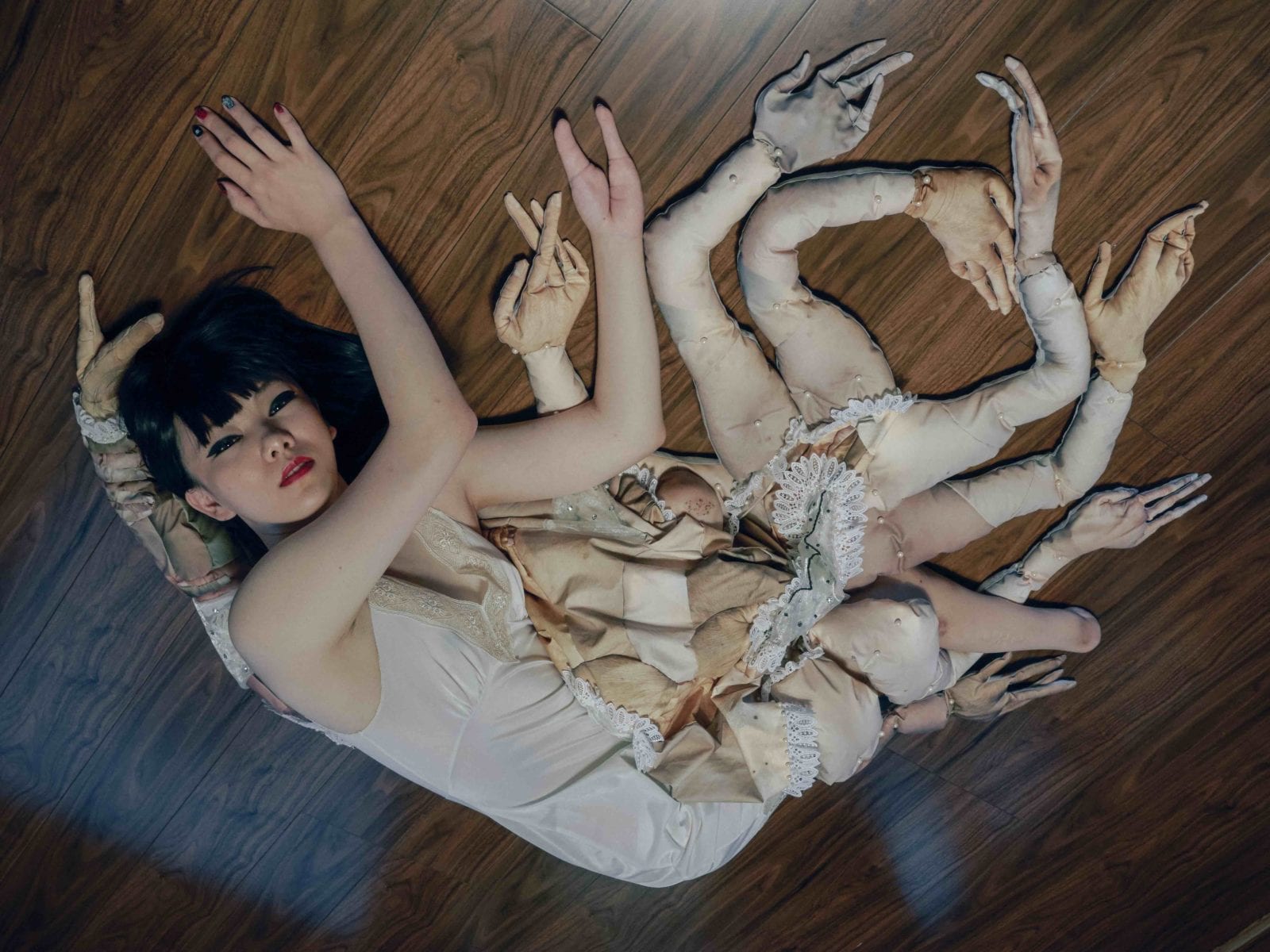
© United Vagabonds & Mari Katayama
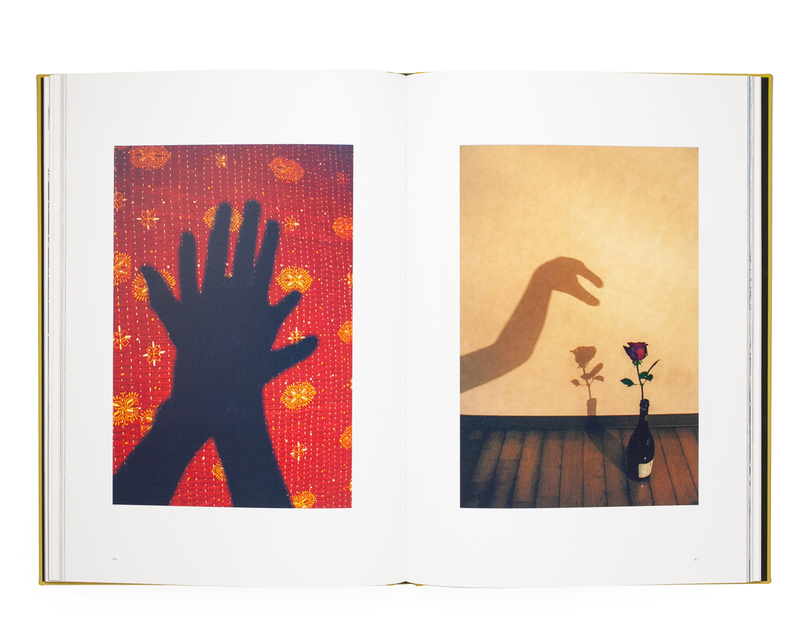
© United Vagabonds & Mari Katayama
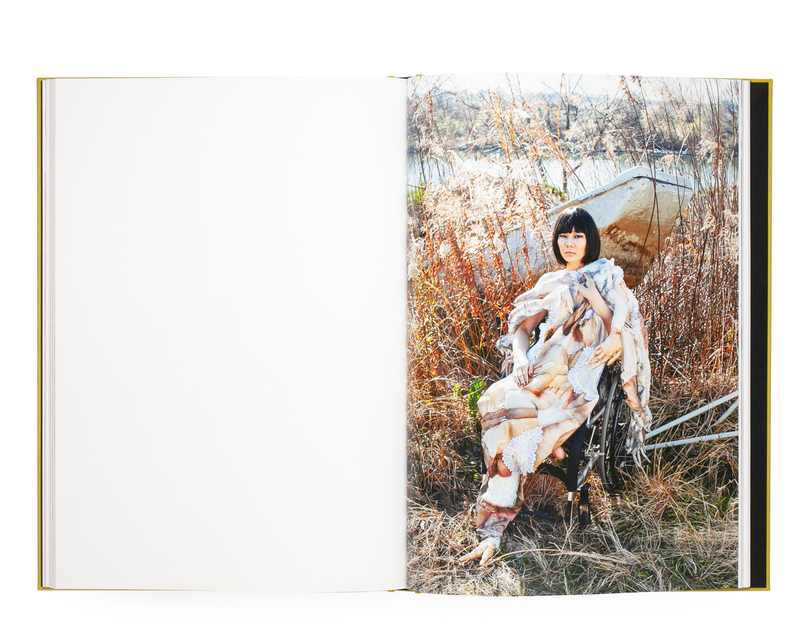
© United Vagabonds & Mari Katayama

© United Vagabonds & Mari Katayama
TRENDING
-
The Tattoos that Marked the Criminals of the Edo Period
Traditional tattoos were strong signifiers; murderers had head tattoos, while theft might result in an arm tattoo.

-
The Story of Sada Yacco, the Geisha who Bewitched Europe
Described by Dazed magazine as the first beauty influencer, she has been restored to her former glory since 2019.

-
Chiharu Shiota, Red Threads of the Soul
Last year, more than 660,000 people visited the retrospective 'Chiharu Shiota: The Soul Trembles' exhibit at the Mori Art Museum.

-
Japanese Left-field Pop From The CD Age, 1989-1996
‘Heisei No Oto’, a compilation of hidden gems in the unspoken depths of Japanese pop, reveal blissful moment of technological possibility.

-
‘Shojo Tsubaki’, A Freakshow
Underground manga artist Suehiro Maruo’s infamous masterpiece canonised a historical fascination towards the erotic-grotesque genre.





